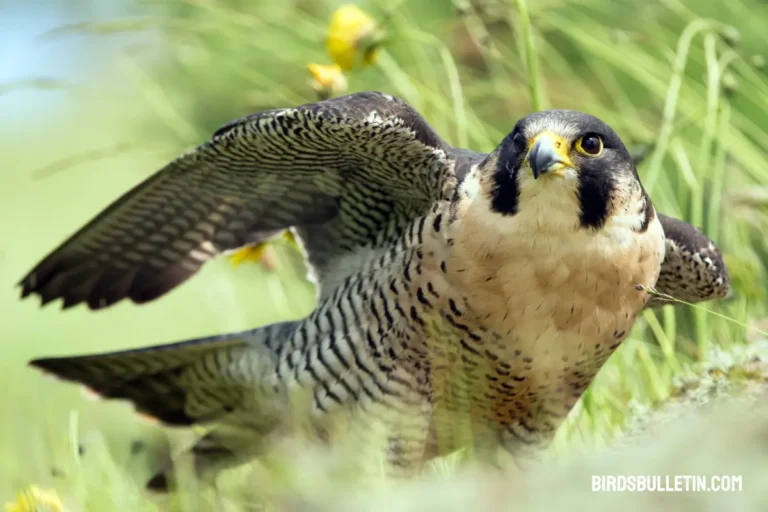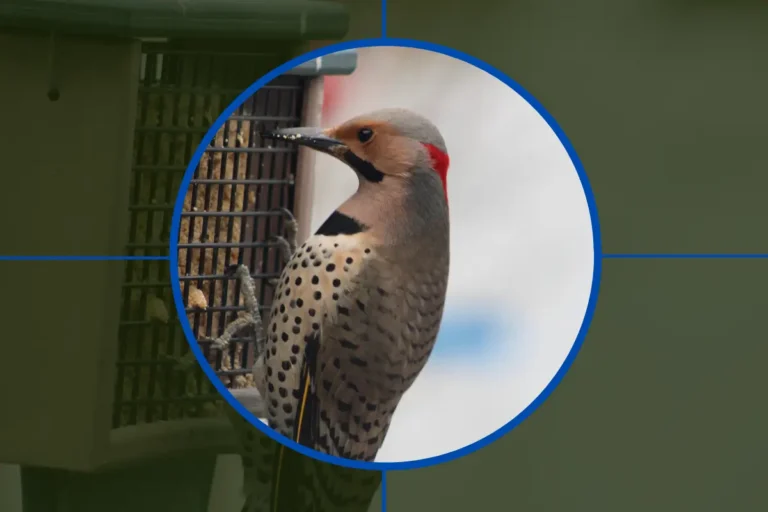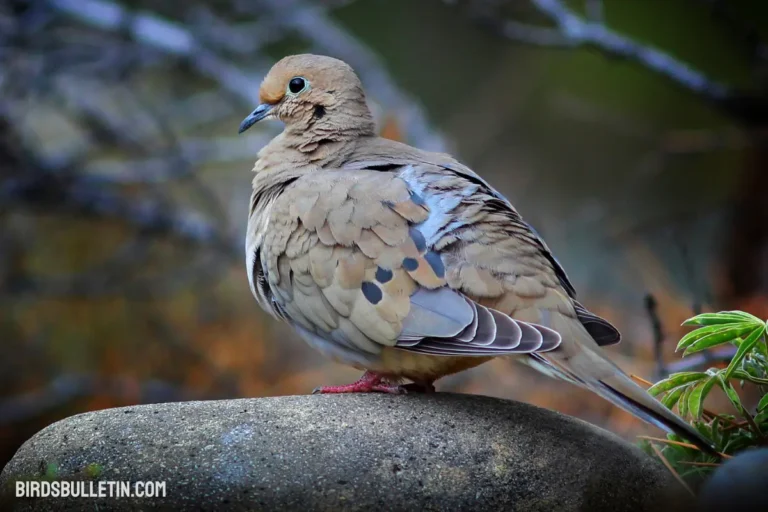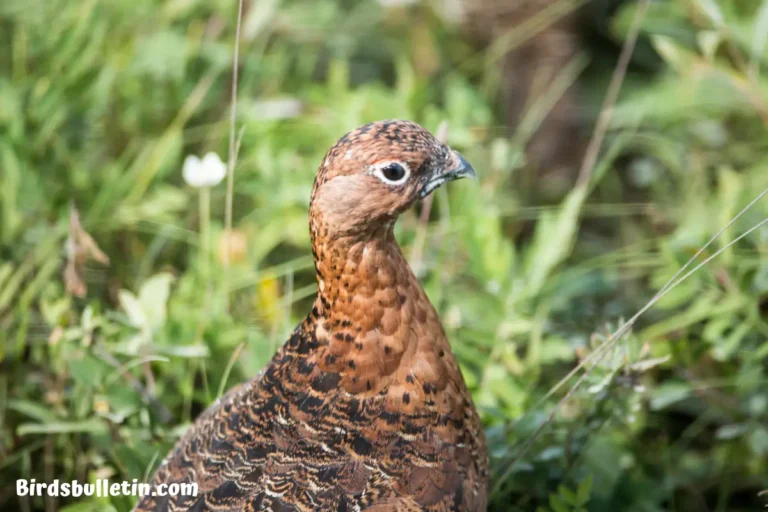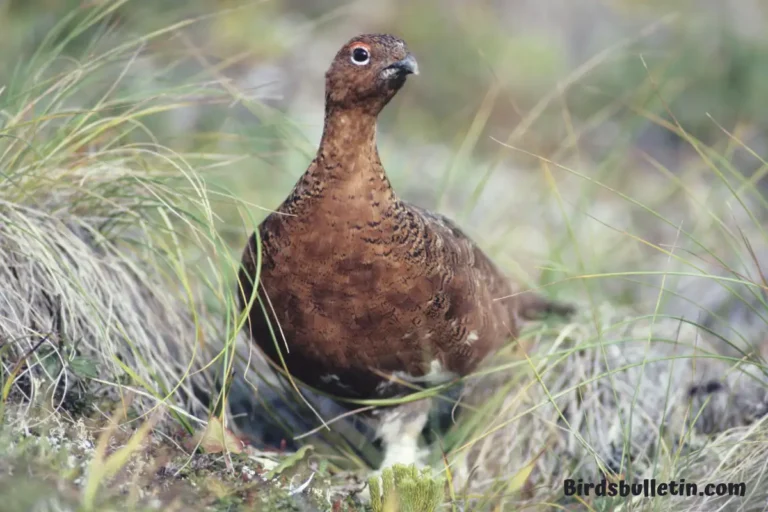Charming Black-Capped Chickadee Overview
The Black-capped Chickadee (Poecile atricapillus) is a small songbird native to North America. With its peculiar black cap and throat, white cheeks, and soft gray back and flanks, the chickadee is a familiar backyard bird across much of the United States and Canada.
In this article, we’ll explore the identification, distribution, behavior, conservation status, and cultural significance of this acrobatic, social, and vocal little bird.
Want to learn more about Birds Overview
How To Identify The Black-Capped Chickadee
Identifying the black-capped chickadee is easy with a few key features:
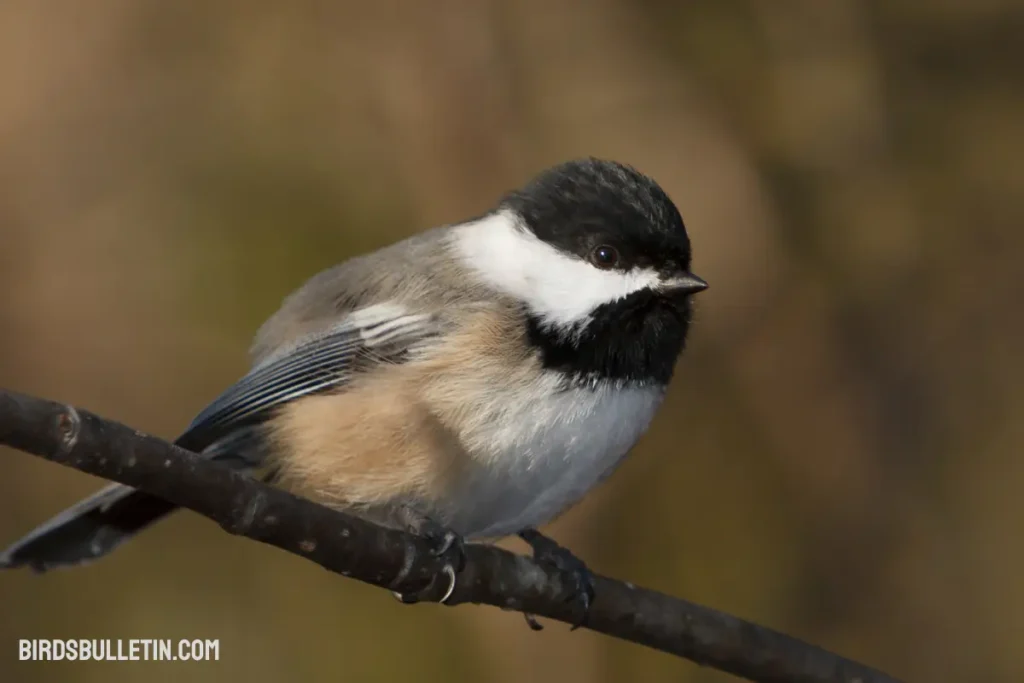
Look for the black cap and bib: Adult chickadees have a distinctive black cap and bib that contrasts sharply with their white cheeks. The cap connects to the bib, appearing like a black mask.
Note the gray back and buffy sides: The back and flanks of the chickadee are gray with a buffy peach wash. The belly is white.
Listen for the chick-a-dee-dee-dee call: The most recognizable feature of this bird is its namesake vocalization. The chick-a-dee-dee-dee call is versatile and can communicate different meanings.
Observe acrobatic movement: Chickadees are very active and acrobatic birds. They hang upside down, hop between branches, and flutter their wings while feeding.
Check the size: Black-capped chickadees are small birds, measuring 4-6 inches in length with a 6.3-8.3-inch wingspan.
Black-Capped Chickadee Profile
| Feature | Description |
|---|---|
| Scientific Name | Poecile atricapillus |
| Alternative Name | Black-capped Titmouse, willow tit |
| Color | Gray upperparts, white underparts, black cap and bib |
| Size | 4.5–5.5 inches |
| Wingspan | 6.5-8 inches |
| Weight | 0.3–0.5 oz |
| Lifespan | 2 years, up to 12 years recorded |
| Breeding Season | From April to early august |
| Lay Eggs | From April to early August |
| Diet and Prey | Insects, spiders, seeds |
| Threats and Predators | Hawks, owls, snakes, cats |
| Locations | Canada, United States, Mexico |
State Bird And Symbol
The black-capped chickadee is the state bird of both Maine and Massachusetts. Its Hardy character and cheerful presence in the long winters make it a symbol of resilience. Chickadees remain in their breeding territories year-round rather than migrating.
Population And Range
Black-capped Chickadees are widespread and numerous. According to the North American Breeding Bird Survey, there are an estimated 100 million breeding chickadees in North America.
Their breeding range covers much of the northern U.S., southern Canada, the mountainous western U.S., and even down into Mexico. They are uncommon but expanding further south.
Chickadees are non-migratory, toughing out cold northern winters as far north as Alaska. They may migrate short distances but generally stay within their breeding range year-round. Backyard feeders have allowed chickadees to overwinter farther north than they may otherwise occur.
Migration Patterns
As mentioned above, Black-capped Chickadees do not make true migrations between distinct summer and winter ranges. However, some northern populations show movement patterns that act as pseudo-migrations:
Fall dispersal: Chickadees hatched farther north tend to disperse south in the fall. Young birds seek out territories and resources through the winter.
Seasonal flocking: Chickadees spend winters moving in loose flocks rather than holding territories. Flocks often mix with other chickadee species or small songbirds.
Elevational migration: Some mountain chickadee populations move downslope to lower elevations for the winter season.
Irruptions: In years with low seed crops farther north, chickadee numbers may “irrupt” southward as roaming non-territorial flocks seeking food. These irruptions are irregular and hard to predict.
So, while not true migrants, chickadees do make seasonal movements that allow northern populations to adapt to harsh winters. Their ability to store food enables most birds to stick close to home ranges year-round.
Nesting And Reproduction
Chickadees breed in spring, with peak activity in April and May. The male excavates a nest hole in a dead tree or branch, usually quite high above ground. The female then lines the cavity with plant material and hair. A typical clutch contains 6-8 white eggs with brown speckles.
The female incubates the eggs for 12-13 days while the male brings her food. Chicks fledge the nest at 16-18 days old but remain dependent on the parents for 2-3 more weeks. Chickadees only raise one brood per year.
Interactions With Humans
In many regions, chickadees are one of the most common and beloved backyard birds. Their willingness to come to feeders, cheerful dispositions, and energetic acrobatics make them a daily source of nature entertainment.
Chickadees can be hand-fed sunflower seeds and are intelligent enough to solve simple puzzles at feeders.
Research has uncovered remarkable spatial memory and problem-solving abilities in Black-capped Chickadees relevant to their food-caching behavior. As unlikely super-learners able to outperform some primates, chickadees provide fascinating insights into the evolution of intelligence.
Conservation Status
With extensive populations across North America, the Black-capped Chickadee has a conservation status of Least Concern. Populations actually increased 20% from 1966-2015, likely due to an abundance of backyard feeders.
Potential threats include:
- West Nile Virus
- Loss of nesting cavities
- Decreasing spruce forests in parts of the range
Chickadees readily adapt to artificial nest boxes, so providing nesting sites can boost populations. Planting native fruiting shrubs and trees also provides habitat and winter food sources.
Laws Protecting Black-Capped Chickadees
The Black-capped Chickadee is protected under the Migratory Bird Treaty Act of 1918 in the U.S. and Canada. This makes it illegal to harm chickadees, their nests, or eggs without permits. Penalties may include fines up to $15,000- and six-months imprisonment.
As a non-migratory songbird, the chickadee has no additional legal protections. State wildlife agencies classify it as protected non-game wildlife. No bag limits or hunting regulations apply.
Frequently Asked Questions
01. How long do chickadees live?
The average lifespan is 2-3 years but the record in the wild is over 12 years. Chickadees are vulnerable to predators due to their small size. Providing habitat cover helps chickadees survive and thrive.
02. How do you attract chickadees to a feeder?
Offering black oil sunflower seeds is the best way to attract chickadees. They also like suet, dried mealworms, peanuts, and shelled nuts. Having shrubs or evergreens nearby for the birds to perch in before approaching feeders is helpful.
03. Do you need a permit to rehabilitate chickadees?
Yes, you must have permits from the U.S. Fish and Wildlife Service and your state wildlife agency to legally rehabilitate black-capped chickadees. Only licensed rehabilitators with proper enclosures may accept wild chickadees.
Final Word
With their constant activity, curiosity, cheerful song, and adaptability, the black-capped chickadee brightens any environment. These tiny acrobats remain active and vocal even through harsh winters, giving them an esteemed place in North American ecosystems.
Providing habitat enhancements and abiding by wildlife laws enables their continued success alongside human communities. The charming black-capped chickadee persists as a symbol of cheer and resilience.
References
- Cornell Lab of Ornithology. “Black-capped Chickadee.” All About Birds. https://www.allaboutbirds.org/guide/Black-capped_Chickadee
- United States Fish & Wildlife Service. “Complete List of All 1,026 Birds Protected by the Migratory Bird Treaty Act” https://www.fws.gov/birds/management/managed-species/migratory-bird-treaty-act-protected-species.php
- Audubon Society. “Black-capped Chickadee Life History.” https://www.audubon.org/field-guide/bird/black-capped-chickadee


